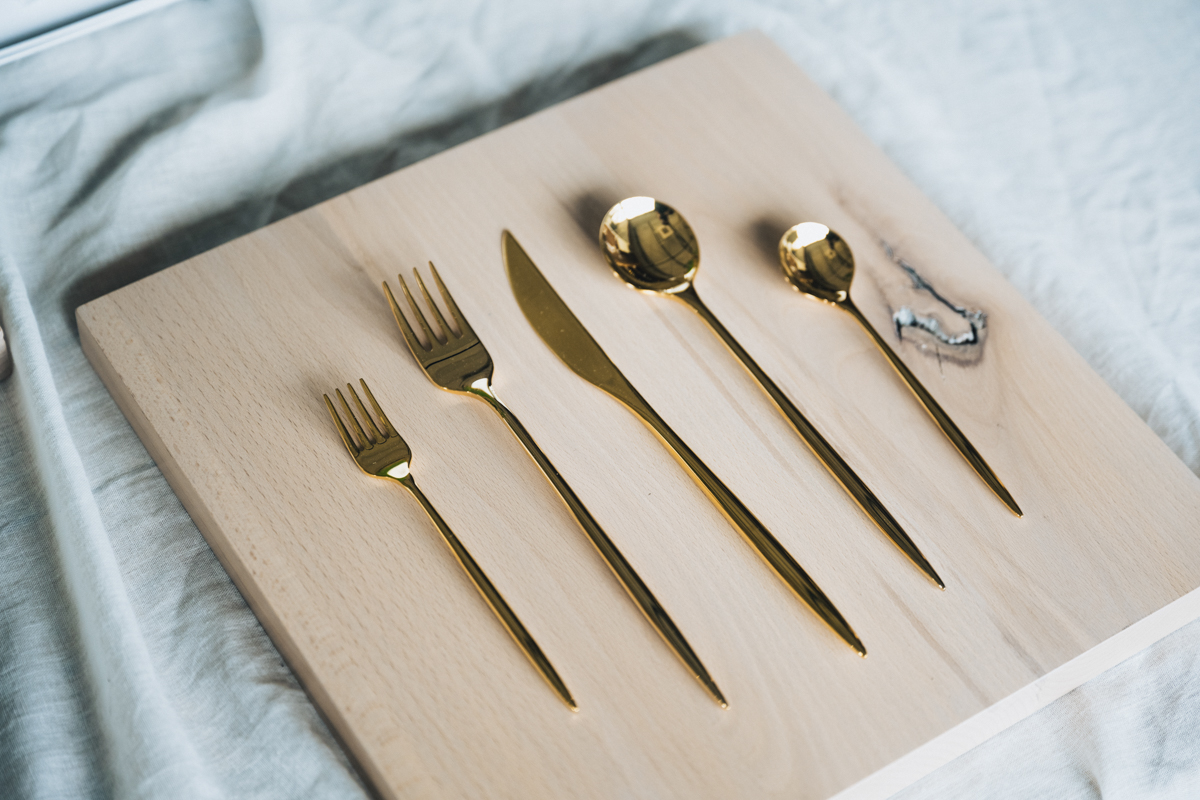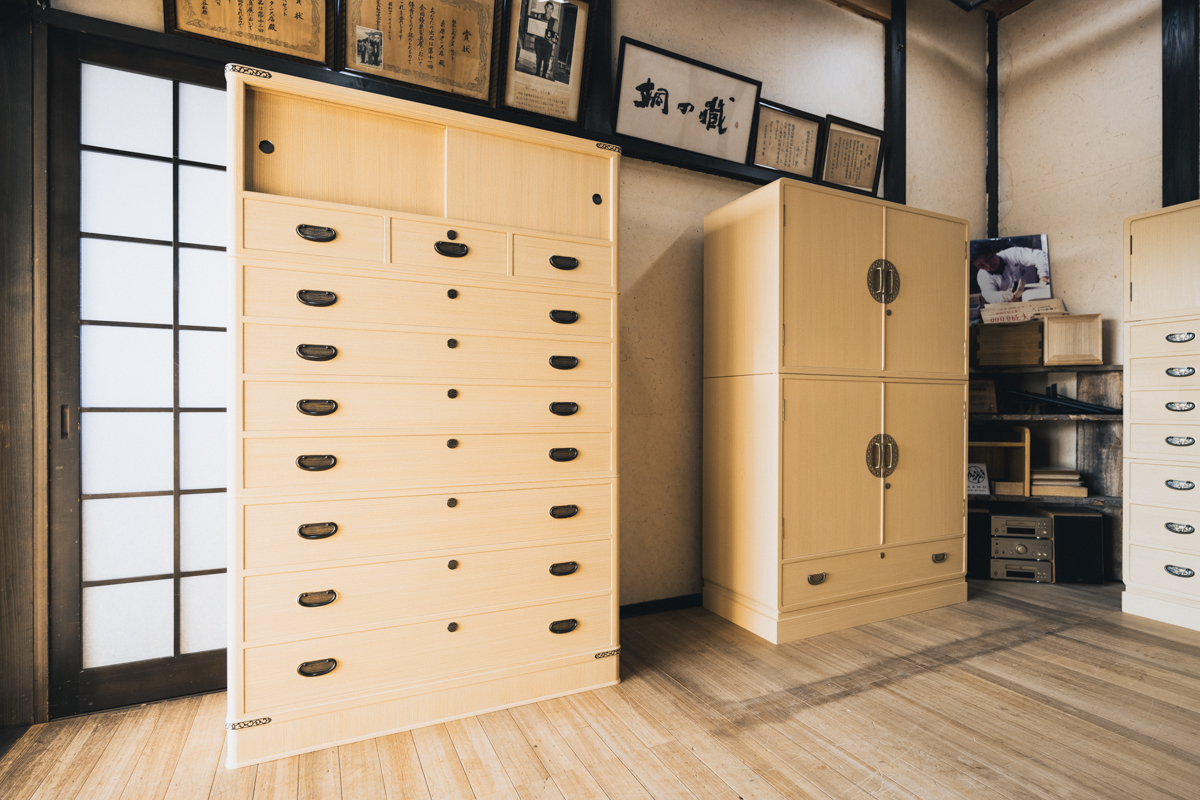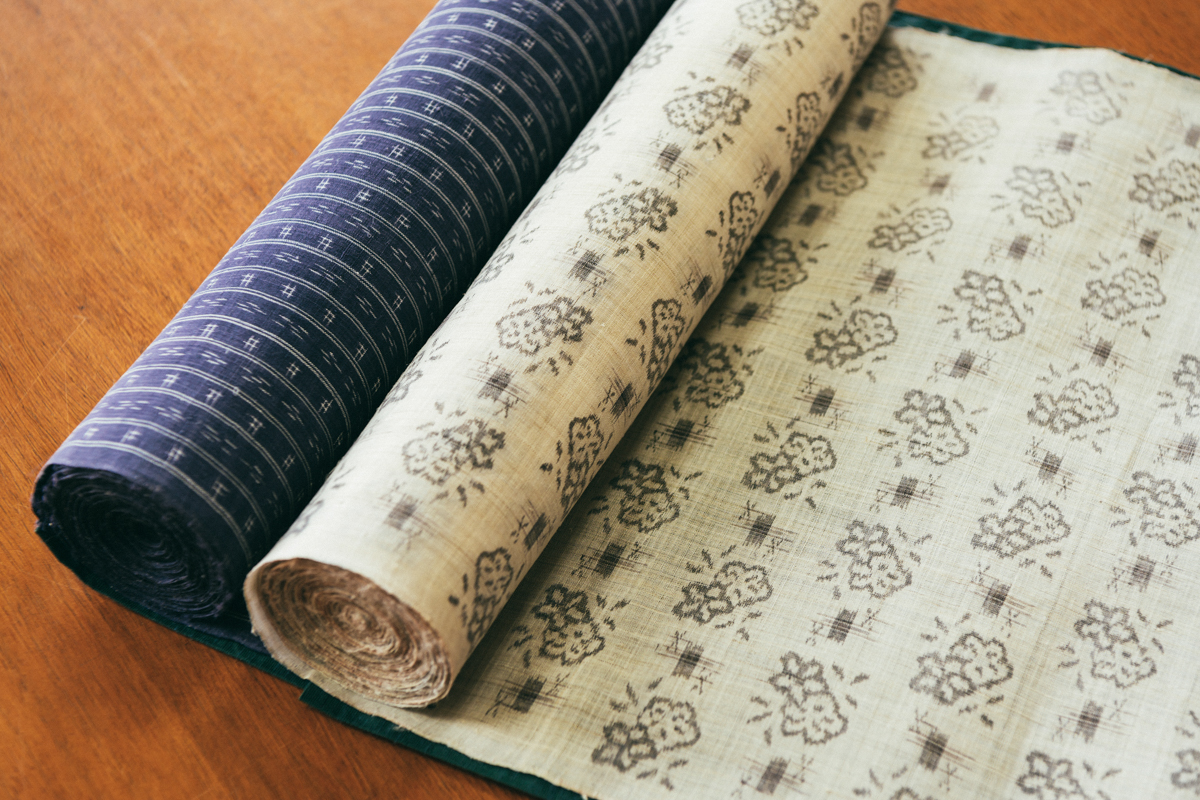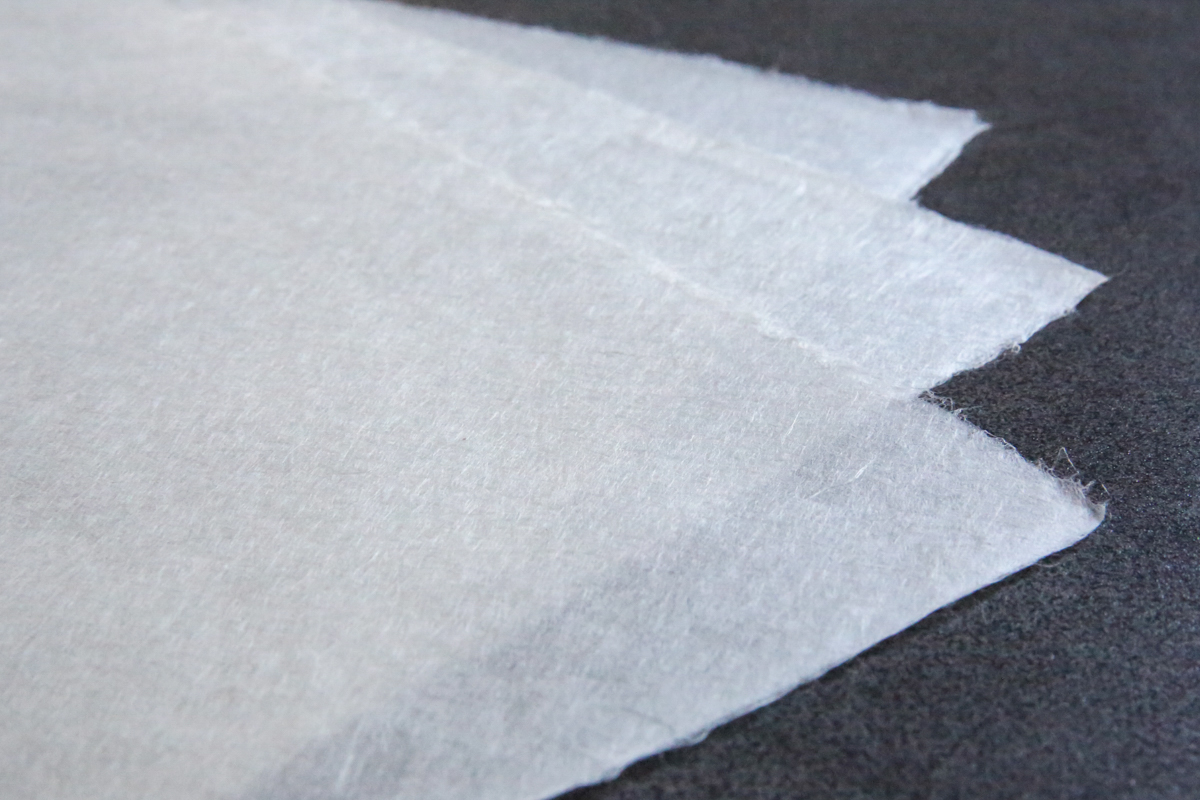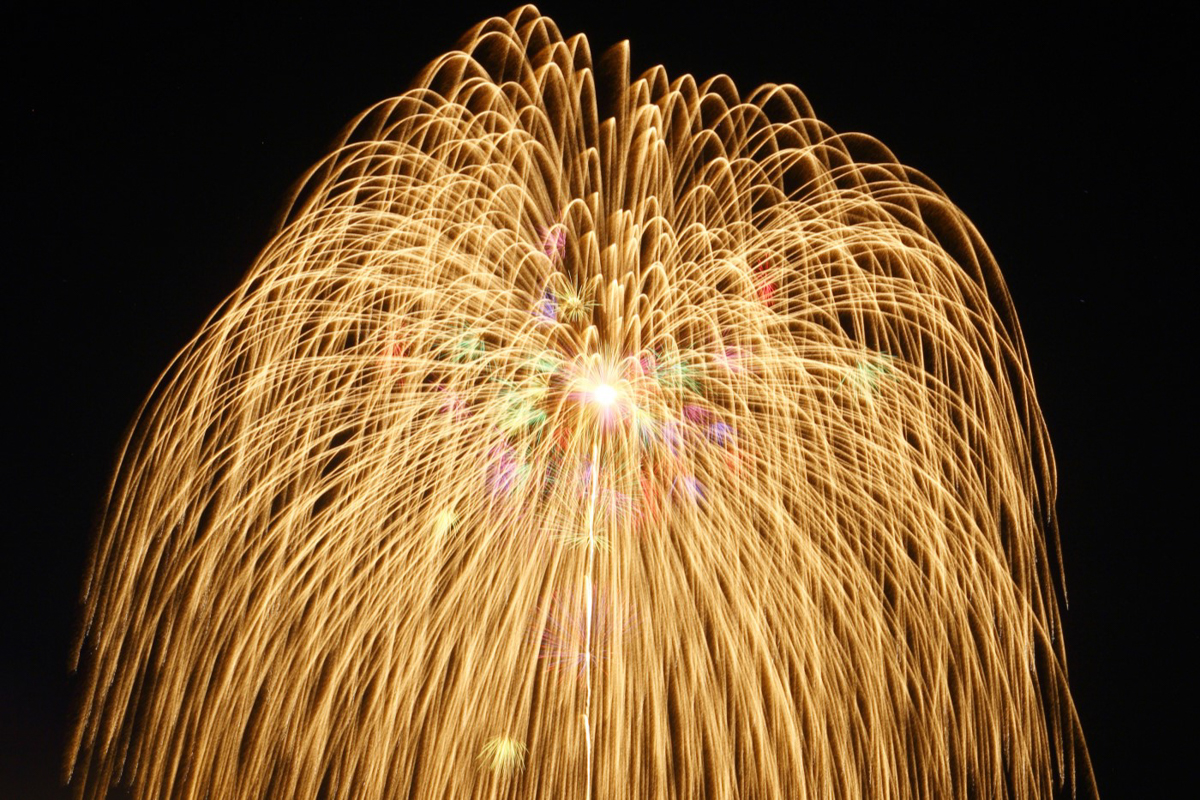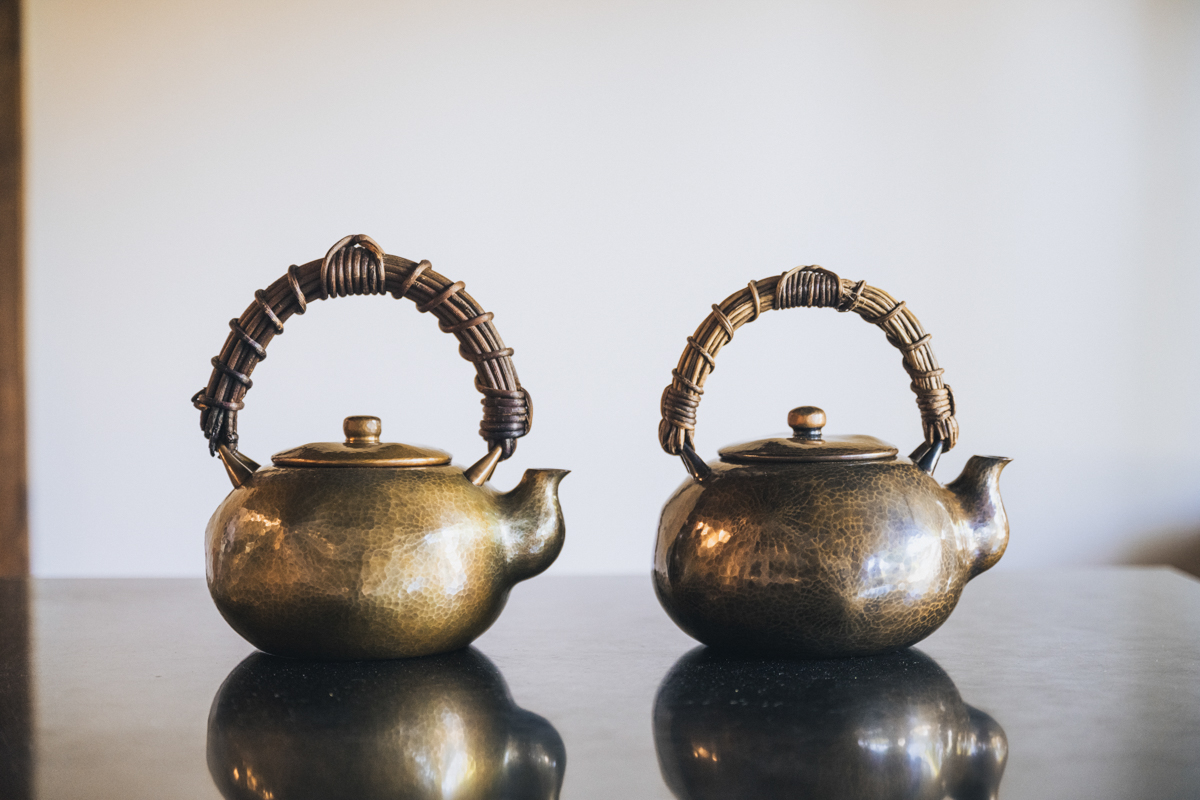Yasuda Roof Tiles
Produced in: Agano CityOn the wall at the back of the stairs on the first floor of THE NIIGATA, the "Niigata Manufacturing Collection" is exhibited, which features 10 types of manufacturing in Niigata.
This page introduces details about one of them, "Yasuda Tile." In the actual exhibit, you can feel the breath of the maker through the materials, tools, and processes of each craft, so please take a look.
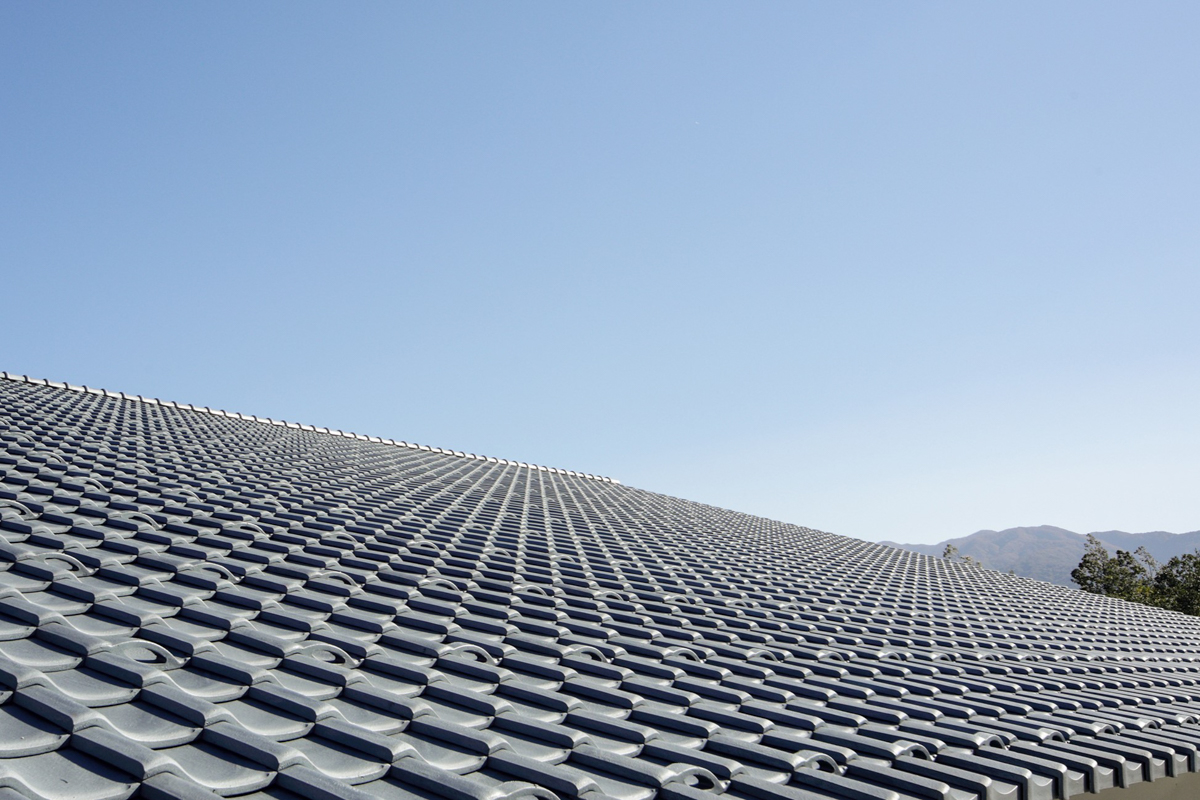
Yasuda roof tiles possess the strength to endure the Hokuriku region's harsh climate, where salt damage and strong winds along the coast are accompanied by heavy snowfall in this wintry land. The tiles have low water absorption, as well as excellent heat insulation and cold resistance.
They have a distinctive iron color that glistens like silver and a rough surface to help prevent snow from sliding off the roof. Due to their beautiful appearance, the tiles are also used for such historic buildings as the former prefectural assembly building and the former customs house in Niigata City and the prefectural governor's official residence.
More recently, the materials have also been used to make plates and sake cups.
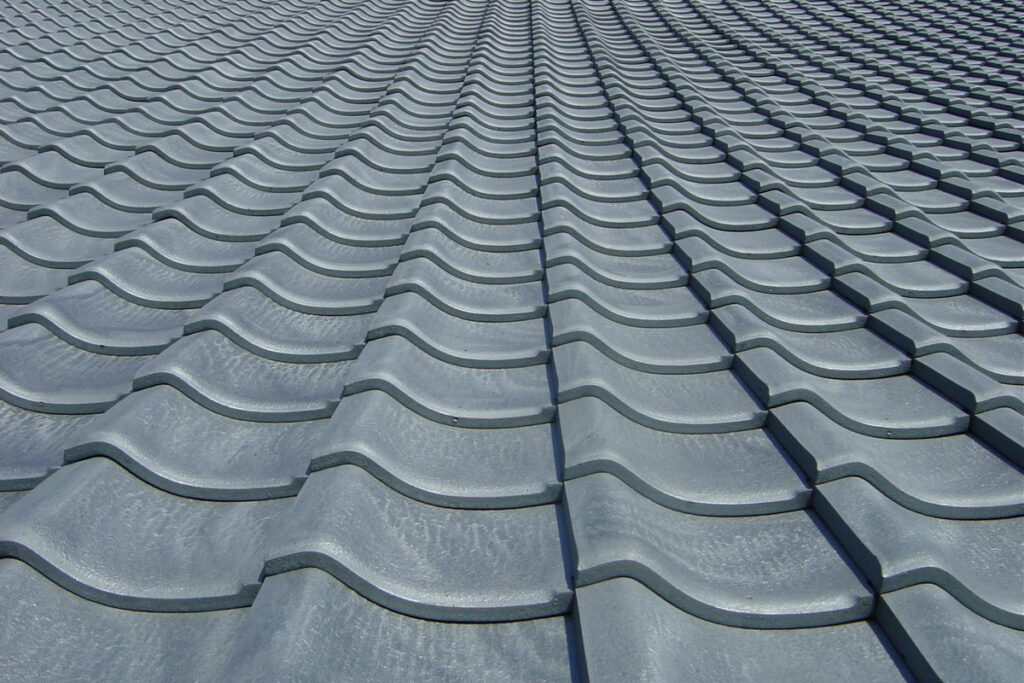
Development from quality soil and plentiful fuel
In around 1830, a tile artisan from Tsuruga in Echizen Domain (present-day Fukui Prefecture) fell in love with the soil when he visited the town of Yasuda (now Agano City). He taught the local people the art of making roof tiles. A local abundance of quality clay led to the area's growth into a center of roof tile production.
During the Meiji era (1868-1912), the industry grew dramatically due to orders to build roofs for barracks during Japan's military buildup after the First Sino-Japanese War. In the 20th century(from the Taisho to Showa Eras in Japan ), factories mechanized and advancements were made in quality manufacturing.
Techniques have been passed down here over generations, and the local roof tile industry in this place is the Northernmost one in Japan to this day.
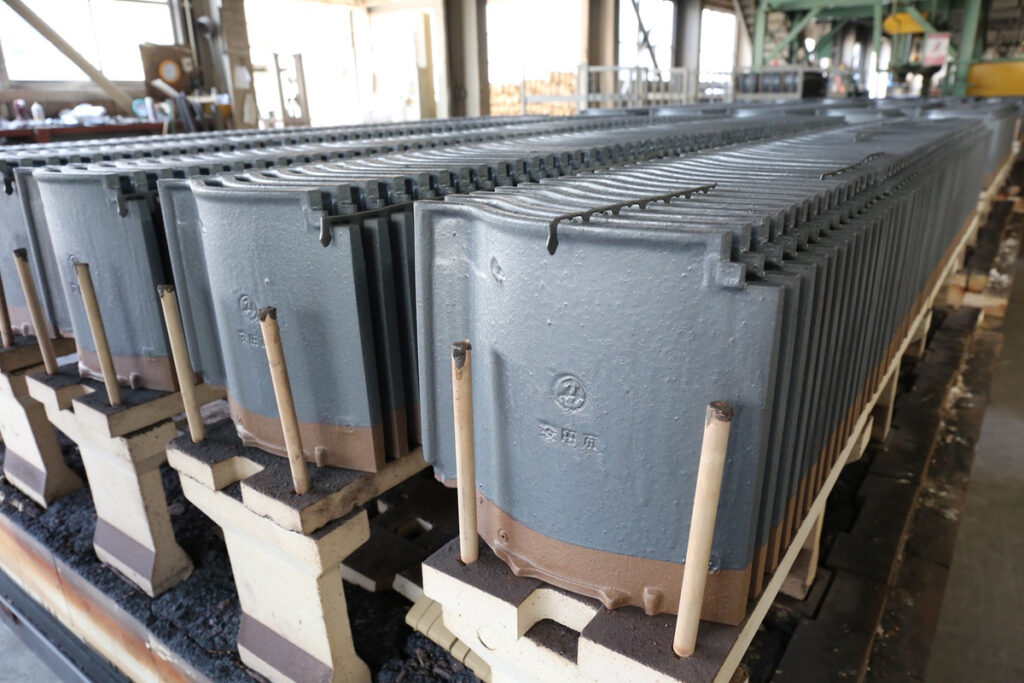
The secret behind the tiles' strength: a two-stage firing process
The secret behind the tiles' resilience against the harsh natural environment is the way they are fired. First, the surface is coated with a natural glaze containing a large amount of iron. Then, the tiles are slowly fired in two stages: oxidation firing at a high temperature, followed by reduction firing. Together, the two steps take approximately 27 hours.
The kiln is first preheated to its maximum temperature of 1,200°C while adjusting the amount of oxygen inside. After that, the kiln is left in an oxygen-free state and the firing continues. This process pushes the limit on how much the tiles can be fired, resulting in profound strength, durability, and water resistance. The tiles also obtain the beautiful, distinctive hue of iron.
